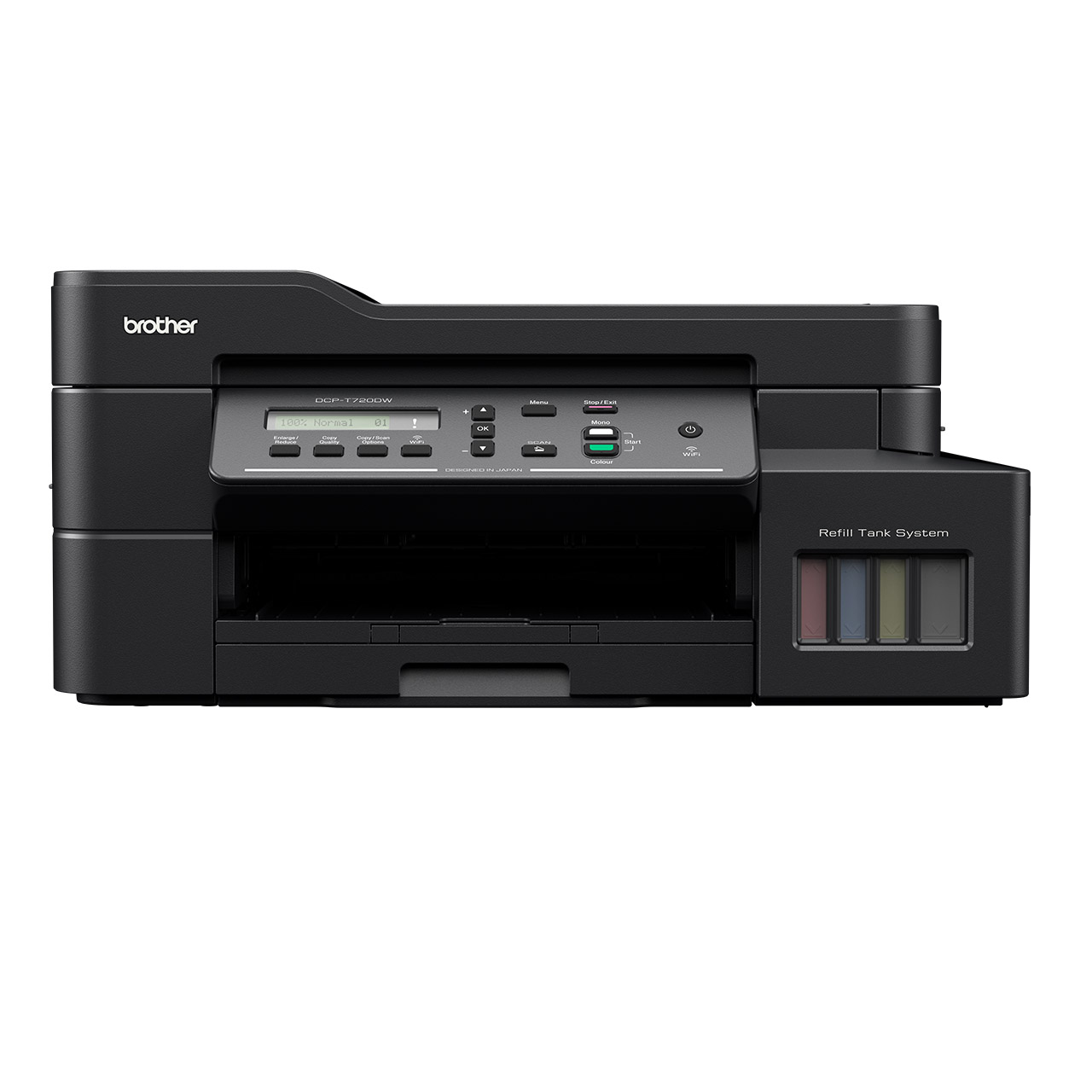Fax cover sheets are essential to ensure your documents reach the right person. They can also help provide important information about the faxes you’re sending, such as a subject line and number of pages.
Use a template to guide your work to create a professional fax cover sheet. Then, customize it to include your contact information and other necessary details.
Use a Template
When creating a fax cover sheet example, a template can save you time and effort. You can find a variety of templates for Word on various websites, or you can create your own from scratch.
A good template will include the sender and recipient information sections, a subject line, and a message section. It will also allow you to incorporate a company logo and other branding elements for a more professional look.
To create a template:
- Start by opening Word and selecting a document.
- Click File> New from the template. You can choose a document type and Fax from the list from there.
- Select the template you want and edit it to your specifications.
- When you’re done, click Save as template and save the File to your folder or computer. You can then access the template anytime you open Word.
You should also set the template as the default template for the program. This will make it easier for you to create a cover sheet in the future. It will also prevent you from repeating the same steps whenever you start a fax.
Include Your Contact Information
A short fax cover sheet should include only the most relevant information. This includes the name of the person you are sending the Fax to, their fax number and phone number, their email address, and any other pertinent details. You should also list your contact information, including your name, email address, and fax number (again, make sure it’s accurate).
In the comments section of the fax cover sheet, you can write instructions to help the recipient after receiving the Fax. This can be anything from letting them know to reply, add comments, or otherwise take action with the documents they are receiving.
A good fax cover sheet should also summarize the attachments. This is important to ensure that the person who receives your Fax has an idea of what they are dealing with, and it can save them time by eliminating the need to flip through pages to figure out what’s there. In addition, this can be helpful if the documents you are faxing are confidential.
Include a Purpose Statement
The name of the sender and recipient of the Fax should be listed at the top of the sheet. This is a must, especially when sending medical records between doctors. This information can help ensure the document reaches the right person, which is essential for patient privacy and security.
If there is any additional information you would like to include, such as a message or instructions, this can be included in the comment or message section of the Fax. It is also a good idea to have the date and time of the fax transmission, as this can help track when the information was sent. You should also include a summary of the Fax’s content in the subject field, which will help clarify the document’s purpose. This will save the recipient from flipping through multiple pages of documents to find what they need. This might be especially helpful in large firms where staff might use the same fax machine. In this case, a cover sheet can ensure communication and clarity.
Include a Confidentiality Statement
Faxing may seem old-fashioned, but it’s still a reliable method of communication for some businesses. For example, doctors’ offices often send patient records via Fax to specialists for reference. This helps to ensure the information gets to the right person quickly and accurately.
Whether you’re sending confidential documents or not, including a confidentiality statement is always a good idea. This lets the recipient know that the Fax is private and should only be read by the intended recipients listed on the cover sheet. This is especially important if the document contains information covered by a privacy or security law like HIPAA.
Additionally, including the date and time of transmission creates a timestamp that verifies when the Fax was sent. In addition to helping the receiver verify that the Fax arrived on time by their fax settings, this is crucial for legal and record-keeping reasons.
Include several Pages
Perhaps you are past the days of standing impatiently in front of a fax machine that screams and has a mountain of paper piled up all around it. However, many businesses still use faxes to communicate with vendors, clients, and other external sources. When sending a fax, it is essential to include a cover sheet with all the necessary information so that it gets delivered to the right person and doesn’t get lost.
The first thing you should add to a fax cover sheet is the recipient’s information, including their name and company. This ensures that the Fax reaches the correct person and helps ensure clarity if multiple people in the same department receive the same faxes.
Next, you should include a subject for the Fax. This should briefly describe the fax documents and the topic they discuss so that the recipient knows what to expect when reviewing them. This will also help them better judge how to proceed with the fax documents.

